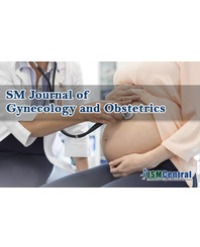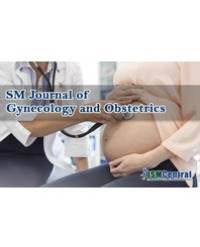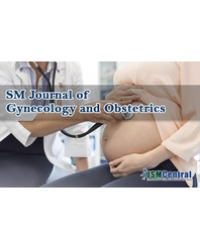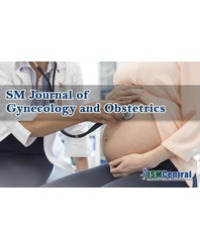
Evaluation of a Possible Association between Estradiol and Progesterone Levels and Ectopic Pregnancy in Low Risk Women Undergoing IVF/ICSI
Introduction:
Several independent risk factors of Ectopic Pregnancy (EP) have been described to date. Nevertheless, estradiol and progesterone have not been related to ectopic pregnancy, although there is biological rationale to think about them as possible candidates. Our aim was to correlate the incidence of EP with levels of estradiol (E2) and progesterone (P4), measured on two days (hCG day, and seven days later (hCG+7)), including the differences and ratios of these concentrations, between the two time-points.
Material and methods:
Retrospective cohort study of 578 patients undergoing fresh embryo transfer after IVF (100 cycles), ICSI (508 cycles) and IVF/ICSI (64 cycles) without risk of EP, between January 2005 and December 2015. We evaluated EP incidence (10 ectopic pregnancies) in fresh embryo transfers according to estradiol and progesterone levels on hCG day (hCGd) and seven days later (hCG+7) and their variation between both. The proportions were compared using the chi-square test or Fisher’s exact test and the means were compared using T-test or ANOVA. To determine the accuracy of each studied variable receiver-operating curves were built.
Results:
We identified a trend towards an increased risk of EP as progesterone levels rose on hCGd (p=0.020) and an association of progesterone values >1.89ng/ml on hCGd with EP (OR 6.8). An increased risk of EP when the difference of estradiol between hCGd and hCG+7 was either <39pg/mL, or >745pg/mL (p=0.001) was also found. ROC analysis only resulted significant for a moderate/good predictive ability for progesterone values on hCGd (AUC: 0.694).
Discussion:
We conclude that these measurements are sufficient to identify patients at a high risk of EP. These hormone levels on specific days, leading us to define proper strategies to prevent EP risks in IVF. Further studies should design to prove this hypothesis.
lkin Muñoz¹, Francisca Miralles¹, Jesús Aguilar², Luis Muñoz³, José Remohí⁴, and Nicolás Garrido⁴*




